Decoding Purrplexing Cat Habits: A Journey into the Mysterious World of Felines
Cats, as enigmatic creatures, often perplex even the most seasoned pet owners with their behaviors. Close observation and experimentation with these behaviors can help us delve deeper into the psychological world of these fascinating companions.
1. Non-Specific Drinking Sources
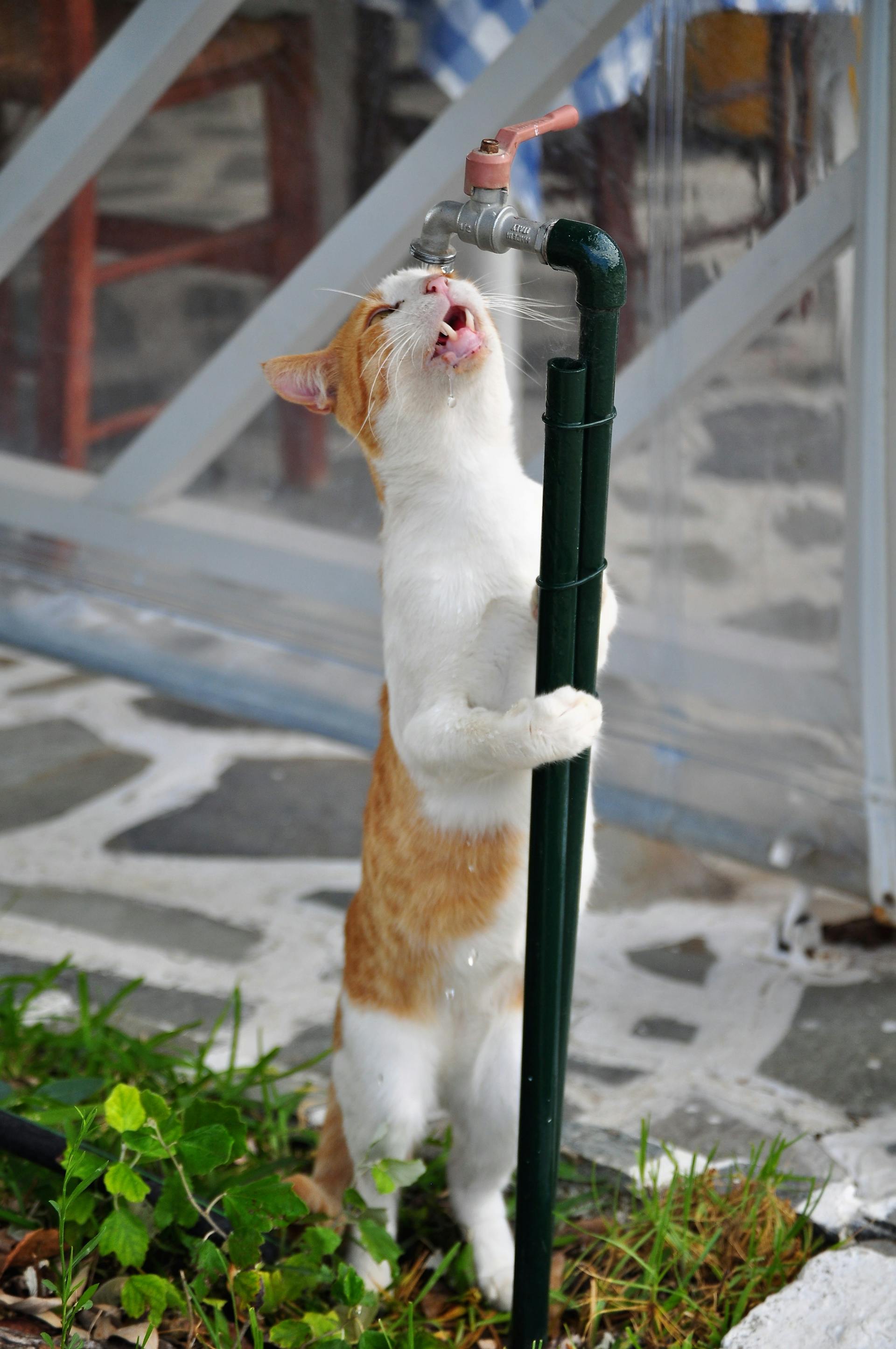
Cats often avoid drinking solely from their water bowls, showing a preference for alternative sources such as toilets, vases with plants, aquariums, and running taps. This preference might stem from an instinct to seek out fresh and flowing water, which in the wild is less likely to be contaminated. Interestingly, removing plants from vases (a sign of freshness) results in cats losing interest in these water sources. Even if fresh water is poured in and the cat observes this, it might still prefer its own bowl. This suggests that even if the water is fresh, without previous environmental elements like plants, cats might not view it as a suitable drinking spot.
2. Sofa Scratching OCD
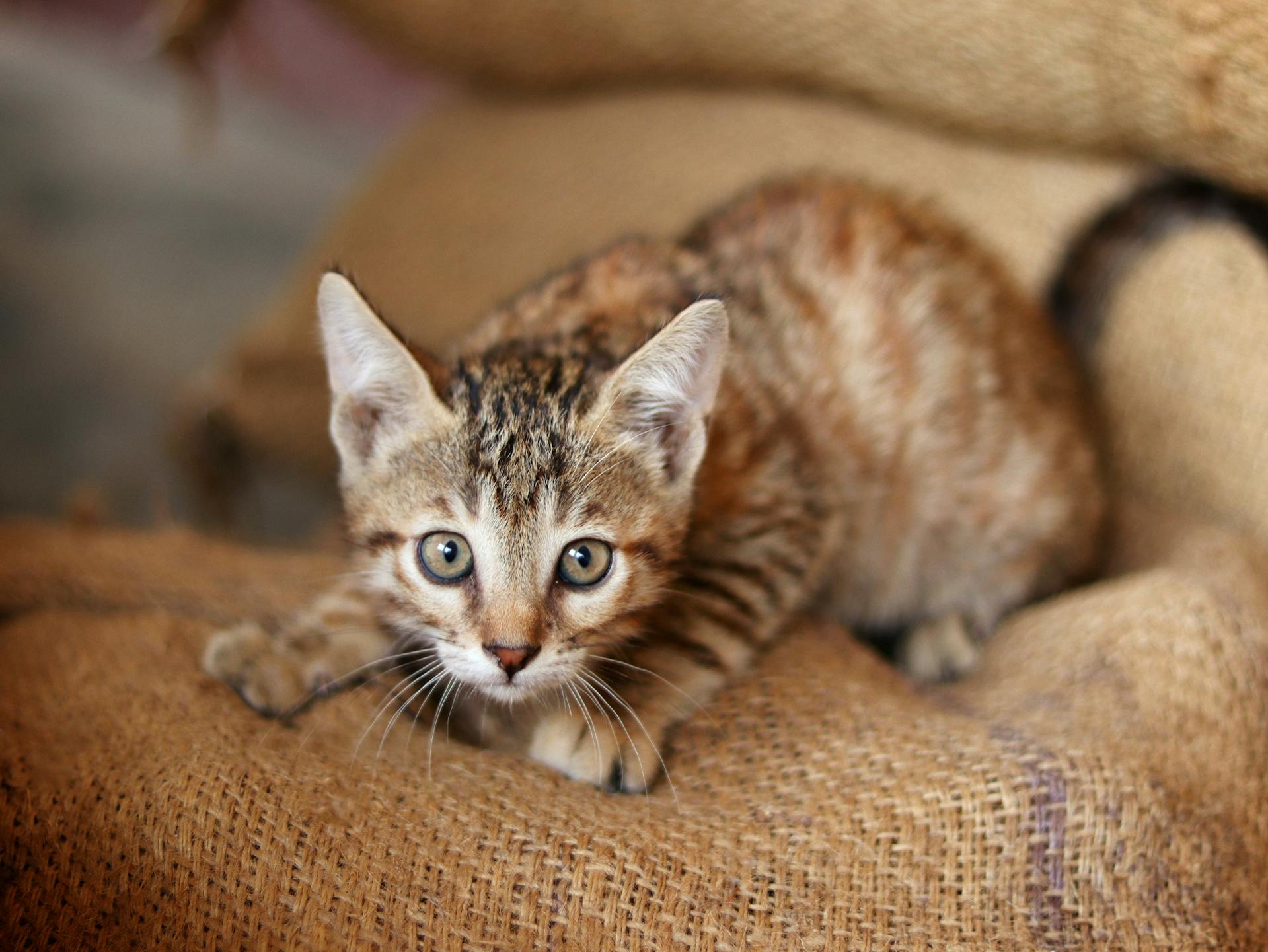
Many cats have the bad habit of scratching sofas, despite having designated scratching posts available. This behavior seems to be more than just a physical need; it also satisfies a psychological urge. Observations suggest that cats scratch more frequently when they might be observed, engaging in a mini “risk and reward” game. It appears that under an owner’s watchful eye, this act brings them more joy and excitement.
3. Bunting
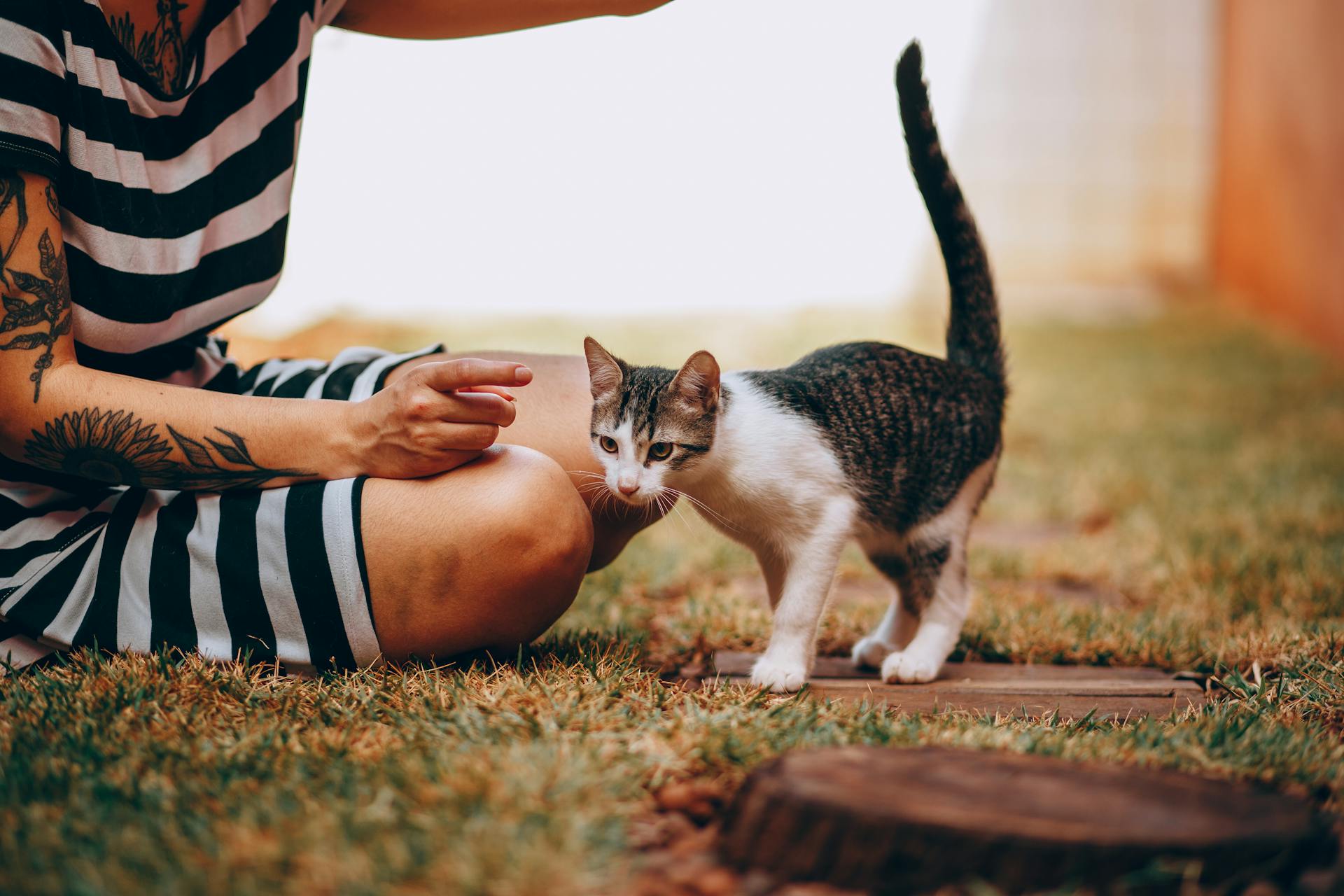
This is a way for cats to express affection and trust. Cats gently press their heads against people or objects, using scent glands located on their heads to mark their territory, indicating comfort and fondness. This behavior is both a display of trust and a way to build social bonds.
4. Preferring to Curl Up in Small Spaces
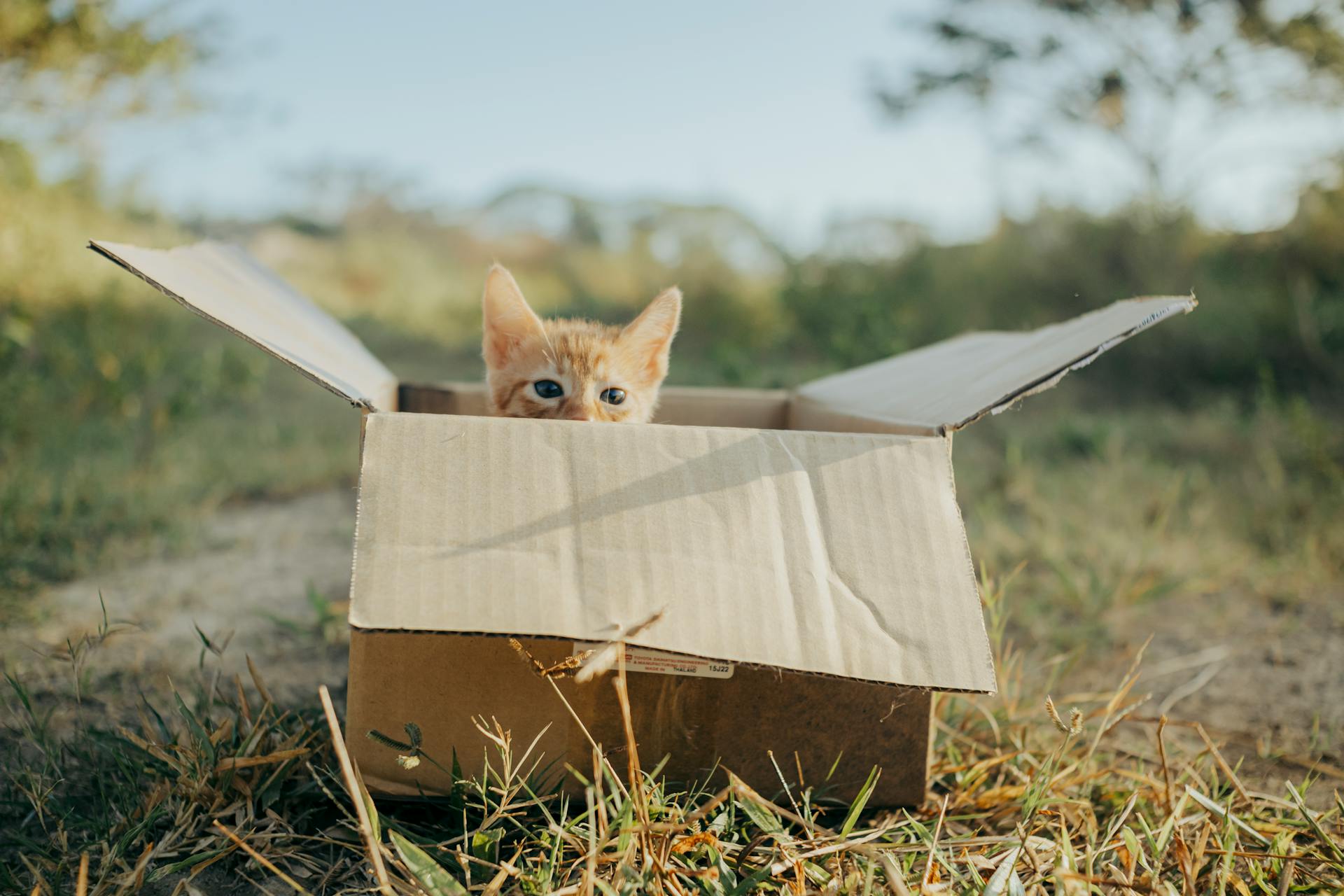
Despite having open and comfortable resting areas, cats often prefer to squeeze into the most inconspicuous small boxes or tight corners. This behavior stems from their wild instincts, where small and enclosed spaces make them feel secure and comfortable, reminiscent of a wild environment where they could hide from predators at any moment.
5. Bringing Gifts Home
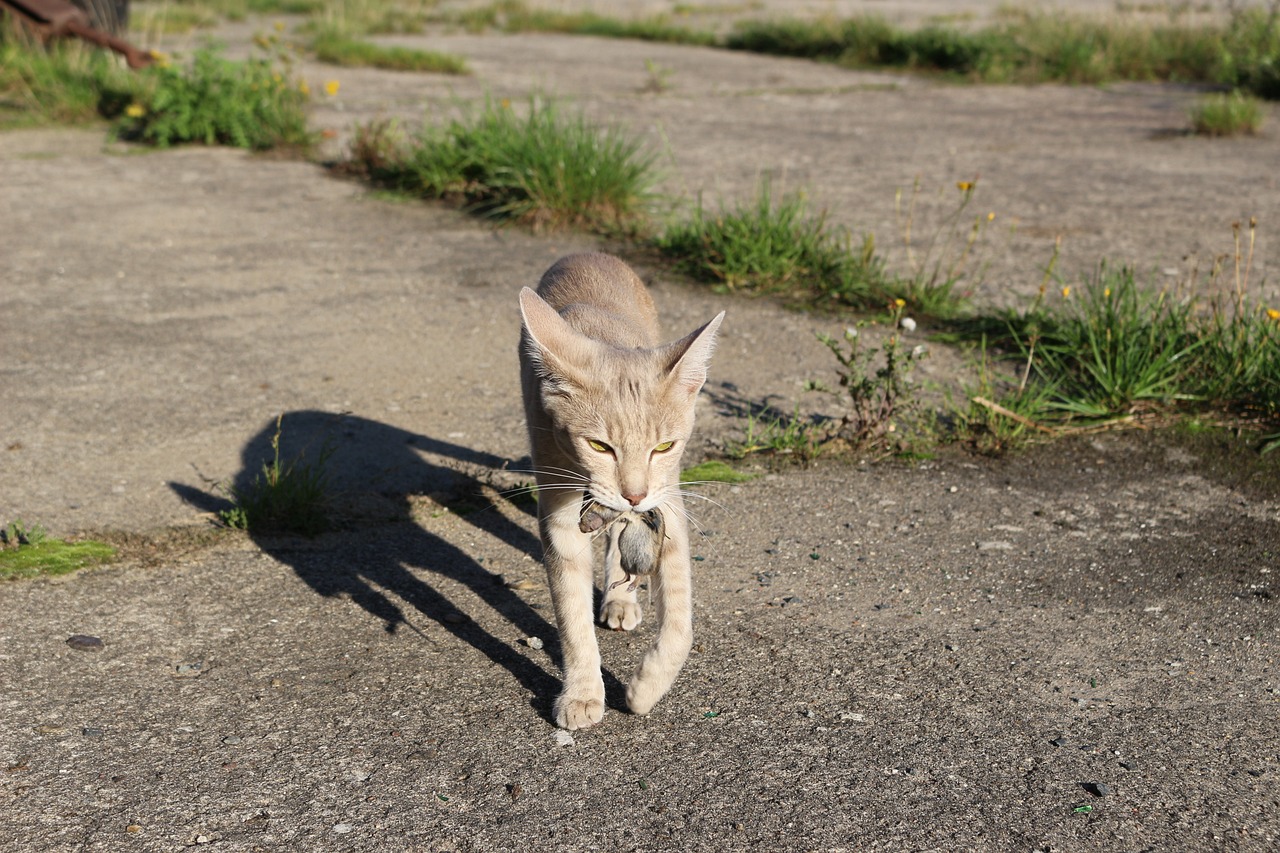
Bringing home prey, such as mice or birds, is a way for cats to express their hunting success and “care” for their family members. While this gift may not be particularly pleasant for us, it’s a way for cats to share their spoils and demonstrate their hunting skills.
6. Knocking Items Over
Cats often exhibit mischievous and somewhat exasperating behavior by persistently knocking items off surfaces.
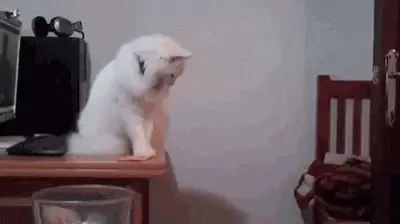
For example, some cats cannot resist pulling items with their paws and pushing them onto the floor. Even if the owner replaces the items, the cats continue this endless cycle. Interestingly, one owner tried using double-sided tape to secure items on the table, but the cat spent an entire day trying to pry them off.
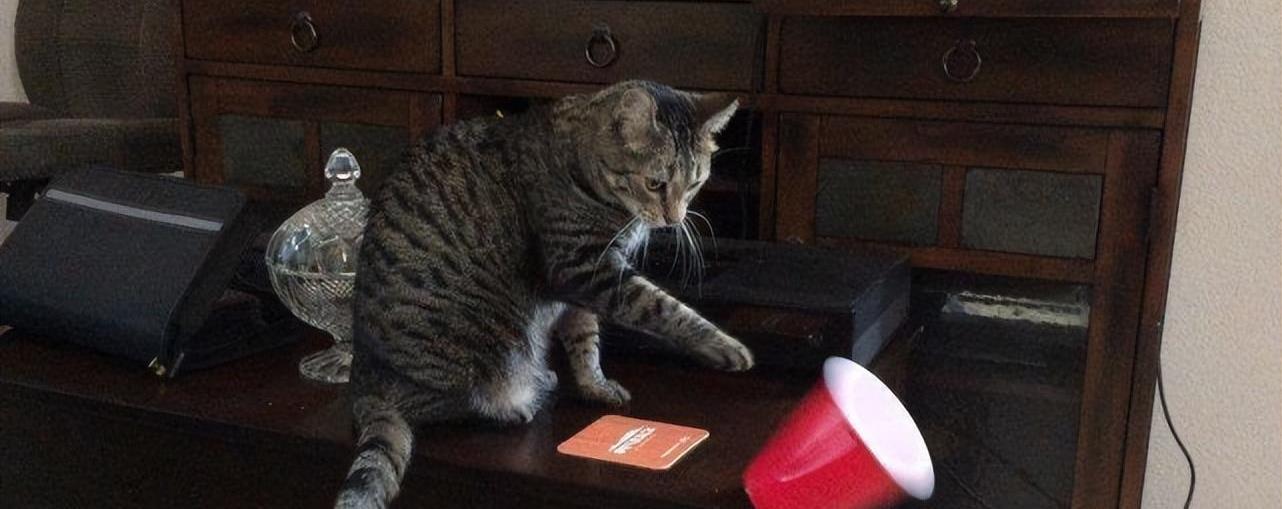
This behavior is likely driven by their instinct to explore and interact with their environment, satisfying their curiosity and need for interaction. Although sometimes causing a bit of chaos, this is a way for cats to stay alert and active.
Conclusion: The Complex World of Cat Behavior
These behaviors remind us that cat behavior is much more complex than we might see. They are a mix of instincts, learned behaviors, and individual personalities, each with multi-layered motives and meanings. Living with these captivating creatures is an endless journey of discovery, satisfying our curiosity about their mysterious actions and deepening our emotional connection with them. Every interaction is an opportunity to uncover more secrets about these little companions, enriching our lives with their presence.